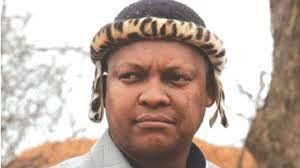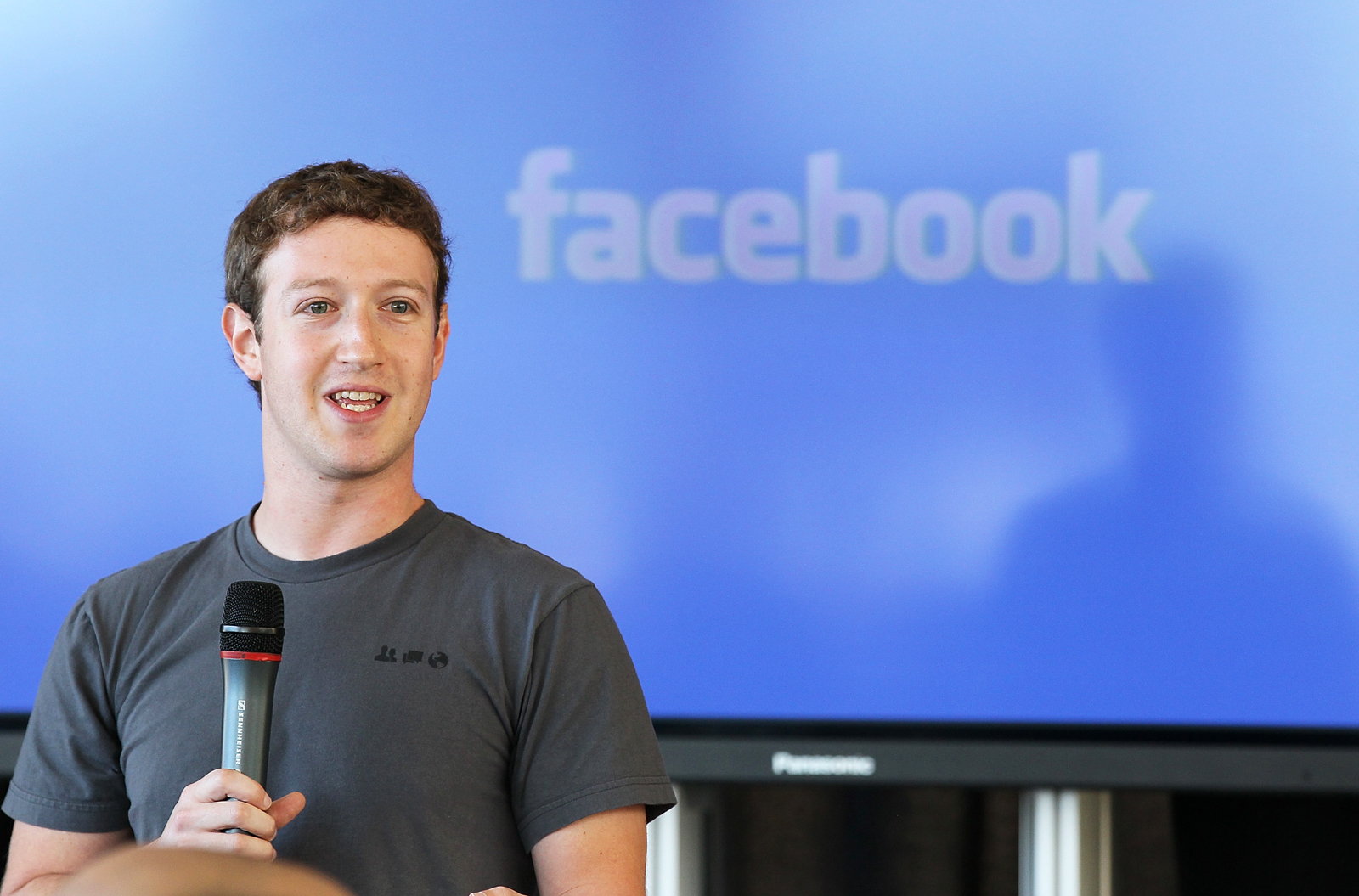
IT'S human nature to procreate, therefore, having children is a dream cherished by most couples after getting married, albeit a lot of obligations come with being a parent.
Parents can shape their children's life anyway they see fit.
The mental, social, physical, emotional and spiritual health of the child are among the important things that parents are in charge of.
Particularly when it comes to their children, parents must possess extensive training and knowledge in all facets of life.
The repercussions are dire for the children whose parents are less informed.
A child’s success primarily depends on their parents.
When it comes to children’s health, oral healthcare is among the least emphasised.
Why is this? Could it be carelessness, ignorance or perhaps a lack of funds?
- Causes of food inflation in Zim
- Malnutrition stalks Zim
- Fertiliser industry requires US$55m per month to unlock stocks
- Storm over fertiliser imports
Keep Reading
Your children’s oral health should be a part of your health plan for the year.
Children are also self-conscious about their appearance, especially when they start school and when they find themselves in a new setting, they begin to notice how different they are from others and maybe be teased about it.
It could be the colour of their teeth, the shape of their face in relation to their teeth, or the strangeness of their smile.
If the next generation loses confidence and self-esteem due to something that can be fixed or addressed, just think of what lies ahead.
Did you know that the best teeth in the world are thought to belong to Africans?
Although it is thought that this is due to the natural Vitamin D that we take in daily and the food we eat, children from all regions naturally have weaker primary teeth than permanent adult teeth.
This suggests that taking better care of milk teeth is as important as the attention we give to permanent teeth.
The state of permanent teeth is mostly related to the state of milk teeth.
At what age should you begin brushing your child’s teeth?
When baby teeth first erupt (typically around six months) and before the first birthday, they should be brushed twice a day with a small, soft toothbrush.
Please avoid getting your child the same size of toothbrush as the one you use.
Taking children to the dentist at this age will help them to establish good rapport with the dentist and the dental team.
It will also help the child to become accustomed to the sounds, smells and overall dental environment.
Use an age-appropriate smear of toothpaste for children ages zero to three years and a pea-sized amount for those aged three to six years.
Parents should continue to clean their children’s teeth until they are around three years old.
After that you should start encouraging them to brush their teeth under your supervision until they are at least seven years old.
Make sure your children are using the proper amounts of toothpaste and brushing their teeth on a regular basis.
They should also refrain from licking or eating toothpaste.
When toothpaste contains fluoride, parents should ensure that minors do not consume too much fluoride.
For children aged zero to three years, toothpaste should contain at least 1 000 parts per million (ppm) fluoride (found on the rear label of toothpaste).
It is advised to use 1 350–1 500 ppm for three to six years.
Children’s fluoride intake is controlled due to the possibility of fluoride poisoning.
Acute or chronic poisoning may result from the accidental or deliberate use of large amounts of fluoride-containing products (such as toothpastes, mouth rinses and fluoride tablets).
Sudden nausea, stomach discomfort, vomiting, diarrhoea, cytotoxic effects, hyperkalemia, seizures and multiple organ failure — all of which can be fatal — can be caused by acute fluoride toxicity.
When a person consumes a large amount of fluoride in a brief period, it results in acute toxicity.
The amount of fluoride exposure determines the degree of toxicity.
Fluoride poisoning symptoms start to appear at 3mg/kg, a hazardous dose is 5mg/kg and the lethal level is 16mg/kg.
Why is it so important to clean baby teeth if they are just going to fall anyway?
- Damage can occur to children’s teeth as well. Without proper care, they may develop holes, get infected and fall out too soon before the physiological time.
- Permanent teeth erupt in the space created by milk teeth. Another milk tooth may replace one that prematurely falls off.
Eruption issues, asymmetrical jaw forms and the eventual requirement for orthodontic treatment can result from this.
Mind you, children’s teeth aid in the phonetic development of speech.
They assist the youngster with proper pronunciation and fluent speech.
Early loss of teeth may result in long-term issues with speech.
How do you brush your children’s teeth?
- It is not required for children aged six months to one year to use a baby toothbrush. A moist, clean cloth is gently applied to a baby’s teeth to clean them.
This is accomplished by wrapping it around the index finger. The plaque can then be removed by gently rubbing your baby’s teeth. Their teeth are especially delicate and can only be protected in this way.
- Using a gentle toothbrush that fits the child's mouth size is recommended for children aged one to two years. You do not need toothpaste at this age to clean your baby’s teeth.
Brushing should be done once a day, ideally in the evening. Brush the surfaces of the teeth back and forth.
- Fluoride toothpaste is safe to use between the ages of two and three. There should be 250–600 ppm of fluoride in this toothpaste.
Brushing teeth twice a day is recommended starting from this age. The 1-2-3-4 brushing method is what you should employ; let your youngster begin, then finish it later. To prevent bleeding, it is advisable to use proper toothbrushes and fluoride toothpaste.
- Ages 3-6: They can handle a toothbrush and understand how to clean their teeth. However, they lack the dexterity necessary to brush efficiently.
The 1-2-3-4 approach should be used, however, you should help them to brush for two minutes. Brushing twice a day with toothpaste that contains 500–1000ppm of fluoride is crucial.
- Children aged six and up should clean their teeth twice a day, in the morning and the evening. Using toothpaste with 1 000–1 500ppm parts per million of fluoride is advised. After this age, the 1-2-3-4 method is discarded.
Brushing can be done independently from top to bottom, obliquely in a circular motion or in a rotating roll.
Children with special healthcare needs
- Caregiver — Place the youngster between the your legs on the floor while they are seated on the couch. Then carefully drape the child’s arms over your legs.
Alternately, have the child stretch their arms out on the floor. Caregiver carefully drapes their legs over the child’s arms while seated behind the child’s head.
NB: The toothbrush should also reach the gum areas when cleaning the teeth. Keep an eye on them to make sure they are brushing the inside and biting surfaces of their teeth as thoroughly as the front.
We need to clean every surface equally since the germs can’t distinguish between the parts which people can and cannot see.
- Remember that there is low saliva production during the night so children should brush teeth just before going to bed to minimise the risk of developing tooth decay.
The daily supervised oral hygiene regimen may constitute a brief 30-second unsupervised brushing when the end of the day approaches and the children want to watch “just one more TV show” or play “just one more game”.
It’s astounding how parents believe that four-year-olds can take care of their own dental hygiene when they can’t even print their name neatly or comb their hair.
Parents often believe their children are capable of greater independence than they actually are.
Additionally, it is assumed that the child’s motor co-ordination would have advanced to a point where they can manipulate a toothbrush and floss with ease.
At this age, children prefer to be self-sufficient; they do not want assistance from their parents when brushing their teeth.
A negotiated agreement can help manoeuvre this hurdle.
For instance, the parent will clean the teeth and massage the gums before bed, but the child can brush their teeth after meals with little to no supervision.
Together, the parent and child may fulfil their assigned roles, creating a fruitful programme that the dentist can continue to oversee and adjust when necessary.
It’s possible that previously visible gaps will start to close.
Gum massage, tongue cleaning and tooth brushing are all part of oral hygiene.
The majority of children aged three to six years need help to fully accomplish this fine motor task.
Furthermore, it is most challenging to reach and check if all of the plaque has been removed from the cheek surfaces of the upper back teeth and the tongue surfaces of the mandibular posterior teeth.
It is recommended to use tooth floss while spaces are closing.
Youngsters between the ages of three and six years cannot floss.
This activity should fall under the purview of parents.
It is important to avoid injuring the gum between the teeth by snapping the floss into it.
The child may become less responsive/keen to any oral hygiene practices such as cleaning their teeth as a result of this injury.
Proper positioning can significantly increase accessibility and visibility.
Even though most preschoolers prefer to stand on the sink, this is a challenging position from which parents can comfortably offer assistance.
It is advised to put the child in a supine position, which involves leaning their back on your limbs with their head between your knees, in order to increase visibility.
You can get your child a sonic electric toothbrush at an early age.
Additionally, you can brush your child’s teeth by only following the toothbrush’s guide.
There are several products available for parents to choose from.
All manufacturers offer a wide range of sizes, styles, colours, timers and inspirational characters.
Because daily home care might be more difficult for children with disabilities, they might need extra help.
Since many people with unique healthcare requirements function best with routines, parents or caregivers should set up a daily schedule.
A calming impact could result from letting the youngster hold a beloved object maybe their favourite toy.
In addition to brushing slowly and calmly, parents should verbally reassure their children.
Different positioning techniques may be useful for improving mouth visibility and decreasing excessive movement, depending on the handicap and its severity.
The caregiver should be in charge of brushing for those with exceptional healthcare requirements who are unable to do it on their own.
- Patience Matambo is a final year BSc Dental Surgery student at the People’s Friendship University of Russia. She can be reached at patiencedental2024@gmail.com










